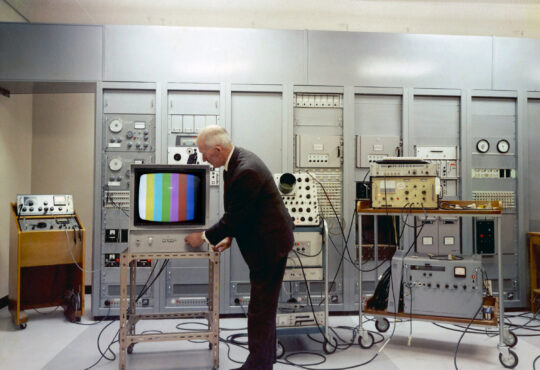
The Impact of Social Media on Television News Reporting
In the age of social media, the landscape of television news reporting has undergone a seismic shift. The integration of platforms like Facebook, Twitter, Instagram, and others into the news-gathering process has fundamentally altered how stories are discovered, covered, and shared. This transformation has both positive and negative implications, shaping the way news is disseminated and consumed in the digital era.
One of the most significant impacts of social media on television news reporting is the speed at which information spreads. News breaks on social media platforms often before traditional news outlets have a chance to report it. This real-time dissemination of information has accelerated the news cycle, challenging journalists to keep pace with the constant flow of updates and breaking stories.
Social media has also democratized the news-gathering process, allowing ordinary citizens to become citizen journalists. Anyone with a smartphone and an internet connection can capture and share news events, providing an alternative source of information. While this democratization can bring new perspectives and stories to light, it also raises concerns about the reliability and accuracy of user-generated content.:max_bytes(150000):strip_icc()/GettyImages-680882197-58f4d5d65f9b582c4dd4a776.jpg)
Television news organizations have embraced social media as a tool for audience engagement and story promotion. News outlets use platforms like Twitter to share breaking news updates, conduct live interviews, and gauge public opinion in real time. Social media has become a crucial component of the newsroom, influencing editorial decisions and shaping the narrative of stories.
The rise of social media influencers and commentators has further blurred the lines between traditional journalism and opinion-based content. Television news programs often integrate social media reactions and comments into their broadcasts, reflecting the public’s sentiment on a particular issue. This integration, while enhancing viewer engagement, also raises questions about the objectivity and editorial standards of news reporting.
However, the impact of social media on television news reporting is not without its challenges. The spread of misinformation, fake news, and the echo chamber effect are significant concerns. Social media algorithms can create filter bubbles, reinforcing users’ existing beliefs and limiting exposure to diverse perspectives. This phenomenon has implications for the quality and objectivity of news reporting, as audiences may be selectively exposed to information that aligns with their pre-existing views.
In conclusion, the impact of social media on television news reporting is a complex and multifaceted phenomenon. While social media has enhanced the speed, accessibility, and interactivity of news, it has also introduced challenges related to credibility, accuracy, and the blurring of journalistic boundaries. As the media landscape continues to evolve, finding a balance between the benefits and pitfalls of social media integration will be crucial for ensuring a reliable and informed news ecosystem.


